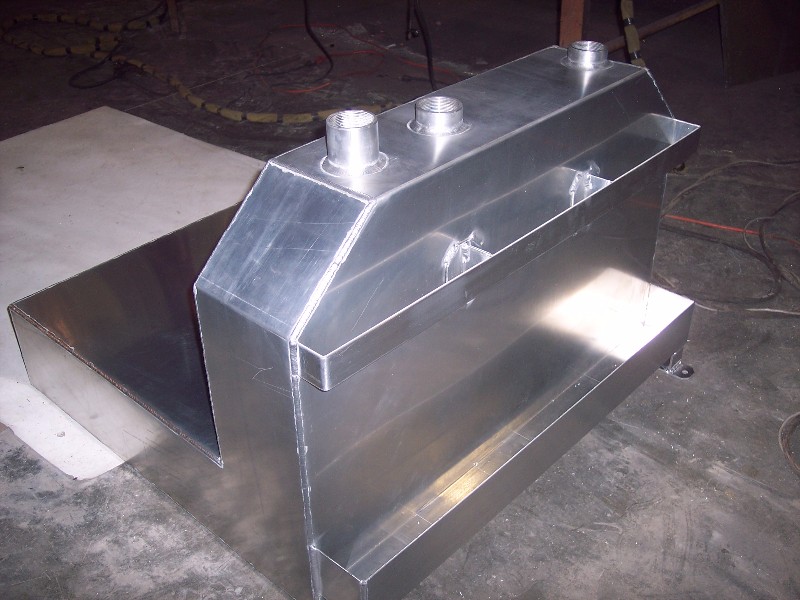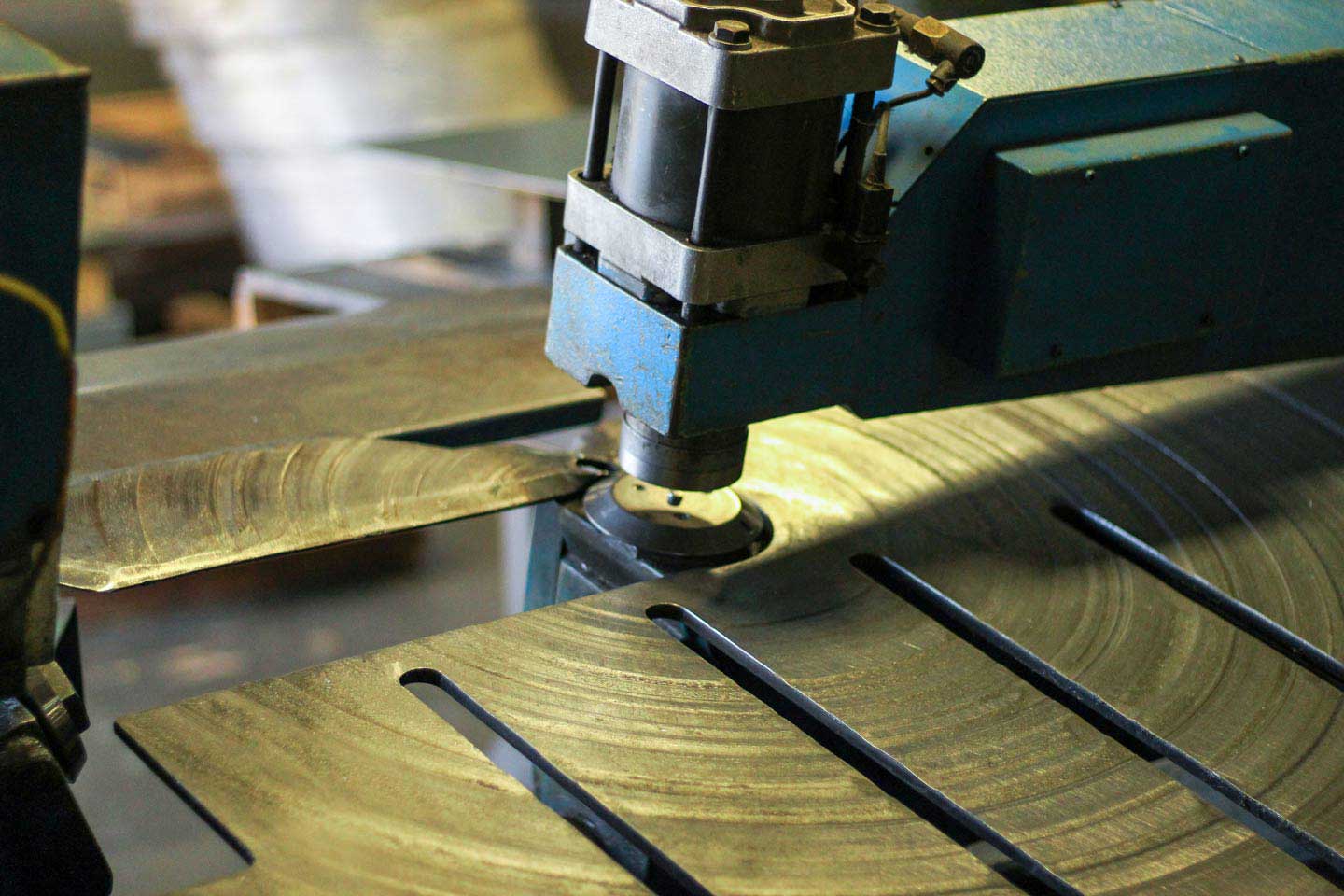-
 Call Now ! 0086-13390692151
Call Now ! 0086-13390692151 -
 Email Now sale@kfqizhongji.com
Email Now sale@kfqizhongji.com



Metal shearing-type cutting is a widely used method in the metalworking industry that involves the use of a sharp cutting blade to cut through metal sheets or plates.
Metal shearing-type cutting is a widely used method in the metalworking industry that involves the use of a sharp cutting blade to cut through metal sheets or plates. This cutting technique is particularly useful for producing straight cuts in large sheets of metal quickly and accurately.
The process of metal shearing involves the use of a machine called a shearing machine, which consists of a fixed lower blade and a moving upper blade. The metal sheet is placed between these two blades, and the upper blade is then brought down to cut through the metal.

PROCESS
The cutting action of metal shearing is achieved by applying a high force to the upper blade, which causes it to move downwards and cut through the metal sheet. The shape and angle of the blades are carefully designed to ensure that the metal is cut cleanly and accurately, without any distortion or burrs.
INDUSTRIES WE SERVE
Metal shearing-type cutting is used in a variety of industries, including automotive, aerospace, construction, and manufacturing. It is particularly useful for cutting large sheets of metal into smaller pieces for use in other manufacturing processes.
• Efficiency: One of the main advantages of metal shearing is its speed and efficiency. With the right equipment and techniques, large sheets of metal can be cut quickly and accurately, allowing for faster production times and increased productivity.
• High level of accuracy and precision: The blades used in shearing machines can be adjusted to achieve precise cuts, even in thick or difficult-to-cut materials.
• Versatility: Shearing machines can be used to cut a wide range of metals, including steel, aluminum, copper, and brass. This makes it a popular choice for manufacturers who work with different types of metals.
However, it is important to note that metal shearing does have some limitations. For example, it may not be suitable for cutting complex shapes or materials that are too thick or hard for the blades to cut through. In these cases, other cutting methods such as laser cutting or waterjet cutting will be more appropriate. Metal shearing-type cutting is commonly used in industries such as manufacturing, construction, metalworking, and fabrication. It can be used for cutting a variety of metals, including steel, aluminum, and copper, among others.

Overall, metal shearing-type cutting is an important process in the metalworking industry that offers many benefits in terms of speed, accuracy, and versatility. With the right equipment and techniques, it can be used to produce high-quality cuts in a wide range of metals, making it an essential tool for many manufacturers. Choose a trusted professional manufacturer to help your project. KUNFENG Steel is stand by for your business. Get a free quotation here!